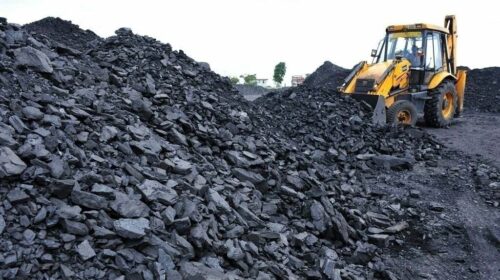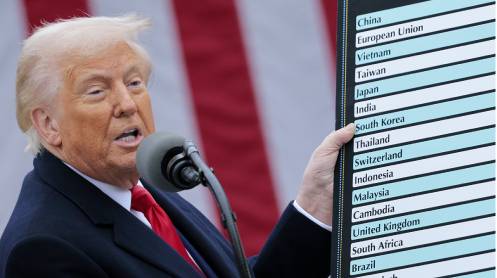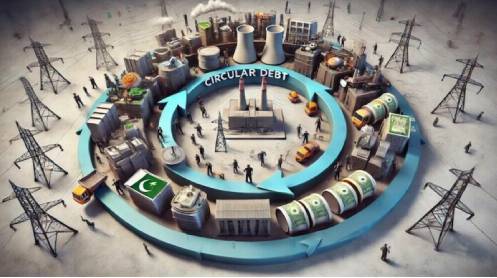Thar coal has come a long way. Two blocks are functional with installed power generation capacity of 2,000 megawatts.
Power sector has helped open up Thar coal, which was lying dormant after its discovery in the 1980s. Several attempts were made to make a breakthrough but failed. Solving federal vs provincial control issue took a period of five years.
On the other side of the border, India also has the same continuation of Thar Desert, which the neighbour started exploiting in the 1970s and is about to consume all in less than a few decades more. With SECMC’s third phase, Thar coal production would reach 12.2 million tons per annum (mtpa) and fortunately at a viably low cost of $30 per ton as opposed to twice the current price.
Combined with Sino-SSRL production, total Thar coal production would be around 20 mtpa, enough to fire 3,000MW of power capacity.
There are two problems, however, with Thar coal; high moisture content (40-50%) and low calorific value (50% of the normal sub-bituminous coal). It has to be dried and may be processed before transportation, both for safety and economic reasons. This adds to cost.
It is conventionally priced lower at $25-30 per ton as opposed to $80-100 per ton for the conventional thermal coal. Current Thar coal costs of $65 per ton might have been another constraint in its wider use. As mentioned elsewhere, these costs/ prices may come down to $27-30 per ton in the near future in one of the blocks. Northern parts of Pakistan may suffer from higher costs due to transportation.
Unfortunately, we installed three coal power plants on imported coal. One can be wise in hindsight. At that time, there was power capacity crisis. And now we have fuel availability and pricing problem. Imported coal prices went up to $300 per ton, almost thrice the normal level, which made operations at these plants unfeasible for some time. Fortunately, international coal prices have come down to $150-200 per ton, which is still high but workable temporarily.
The three coal power plants consume 12 mtpa, costing $1.8 billion per year at $150 per ton. Efforts are being made to switch these plants to Thar coal, initially at 10-20% level. Had Chinese been in the circumstances we are in, they would have done it 100%.
But why should they have been? There are technical issues complicated by contractual and legal complexities.
Although there is a potential of 100,000MW or more power production from Thar coal, practical limits put an upper ceiling of 8,000MW, say 10,000MW, due to resource constraints such as water constraints. Furthermore, as we are starting with Thar coal, world has turned against it. Coal power plants are the focus of world opposition.
International financing is required for installing power plants, which may become expensive and difficult. No new Thar coal-based power plants are being planned is a good enough indicator. There are other opportunities of converting coal to gas, fertiliser, diesel and even hydrogen. Being capital intensive, there may be same reluctance as it may be in the case of coal power plants. Chinese companies have done preliminary studies in this respect but they could not be developed into firm projects yet.
While there may be sufficient power plants capacity, the industrial sector is suffering from pricing and availability issues of thermal energy in the form of gas or LNG. While local gas production is depleting, spot market LNG prices have gone up and infact not available at any price.
Fortunately, we have long-term LNG contracts with Qatar, which have partly saved from a catastrophe. Fortunately, our cement sector had already converted to coal, although to imported coal. This conversion trend was almost worldwide in the cement industry. But other sectors are still gas dependent. In Gujarat and adjoining areas in India, which is a textile hub of India, lignite is being used, making India competitive in that sector, while our textile industry is dependent on energy subsidies. Our industry is converting to expensive furnace oil to fire their boilers.
Cement is a big sector in Pakistan with installed capacity of 70 mtpa, which may go up to 100 mtpa in the next 10 years or earlier. It also earns foreign exchange through exports to regional countries. Cement sector’s coal demand itself is very high as much as 7 mtpa, which is equivalent to Thar coal of 14-15 mtpa. But the cement sector depends on imported coal mostly. This alone can be a sizable market for Thar coal. There is steel sector which can also be converted to Thar coal. It is suffering from the lack of energy supplies and high costs.
Cement and steel combined are major inputs for the construction sector. The latter can give a fillip to the economy or otherwise slow down the economy and the associated employment creation.
The question is why don’t these sectors utilise Thar coal. It is local and cheaper and now foreign exchange is not there or is terribly expensive. The answer is that Thar coal has been wedded with the power sector alone. And coal imports were cheaper and easier.
Thar’s remoteness and isolation was an issue, which is going to be solved in the near future by laying a railway line connecting Thar to the railway network. There is a policy vacuum relevant to non-captive uses of Thar coal. Existing coal production capacity is constrained from using Thar coal due to legal and financial lacunae, which could have been removed by allowing them to sell at a marginal cost plus a reasonable profit margin.
However, the main issue is opening up of Thar coal to non-power users such as cement, steel, textile and other sectors. Cement sector is a very big and progressive one. It has highly modern and capital-intensive plants. It has organisational and other resources and capability. A coalmine costs the same capex of a few hundred million dollars as one or two cement plants would be. There can be many business models such as competitive mine auction capacity in blocks of 5 mtpa or more.
Cement or steel sector may form a cooperative to reduce risk. Classical IPP model with some changes can be adopted. There can be price control ala pharma industry or unregulated prices. GMDC (Gujarat Mining India) model can be adopted. Possibilities and potential are many. Existing players may also be inducted into this initiative so that invisible resistance and barriers may be reduced. They can participate as mine contactors making good use of their experience. JVs of mine contractors with local parties may be encouraged.
Currently, there is a scope for opening four Thar coalmines of 5 mtpa. It would create a competitive market. This mining activity can be quiet and much less visible and noticeable than coal power plants. These mines may not require international financing as power plants require and can be implemented with ease as other capital-intensive plants like cement ones. Cement, steel and textile sectors put together are a great resource that should be mobilised by the policymakers.
Sindh government may also consider establishing an SME industrial estate in Thar area, which may engage in various coal processing industries like coal drying, briquetting, sales, dispatch, etc for miscellaneous customers.
The writer is former member energy of the Planning Commission and author of several books on the energy sector





